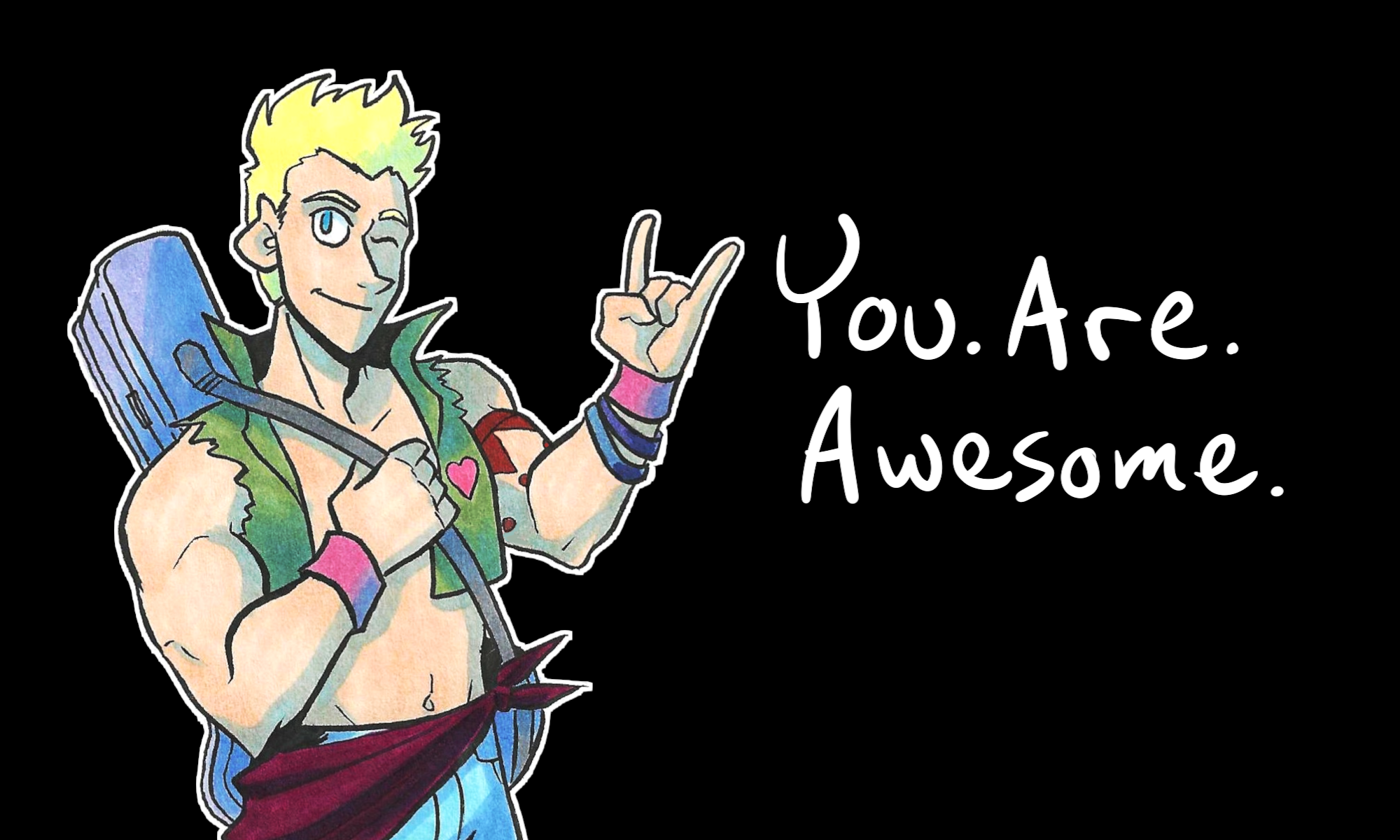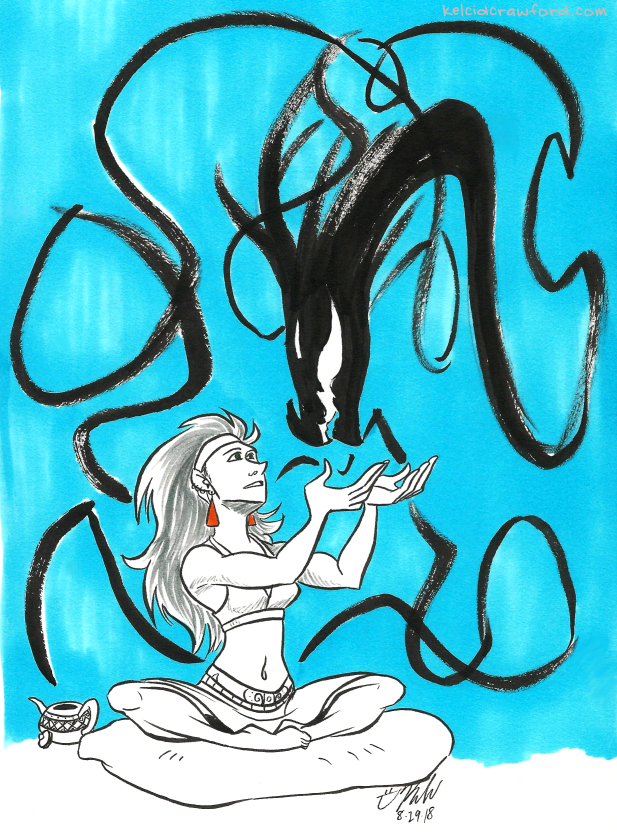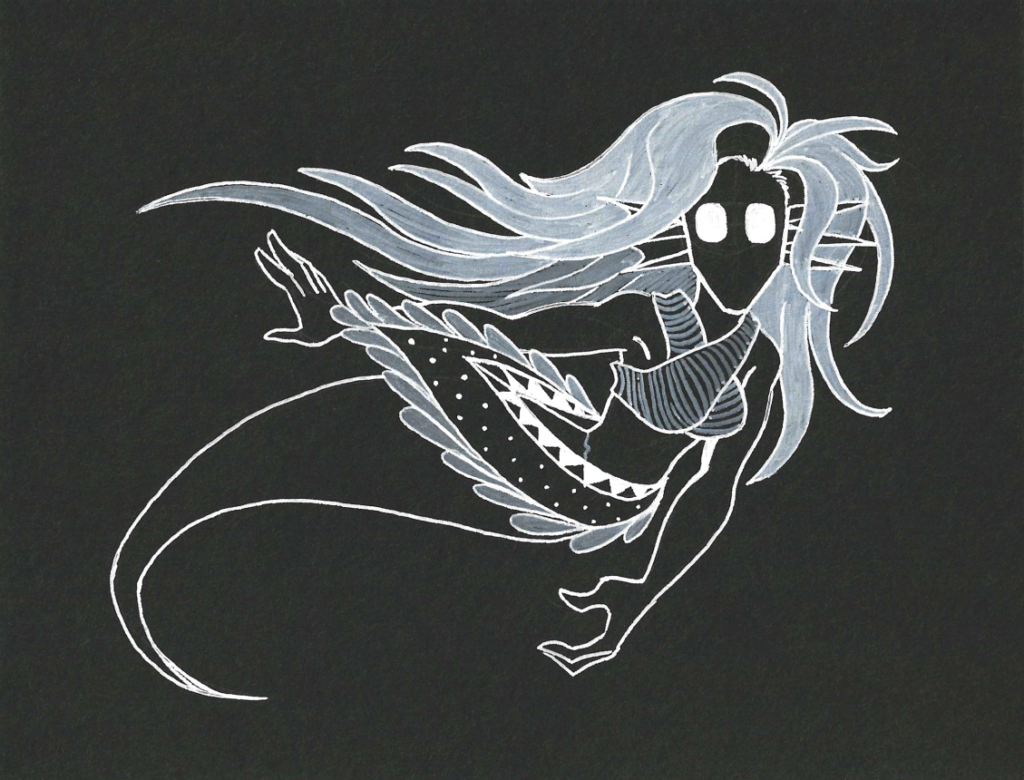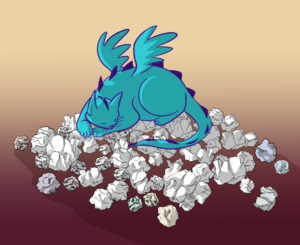AT LAST! My roommate and I found a new apartment! We are signing the lease in the next week and a half. So, in the meantime, I’m getting ready to move.
WHAT DOES THIS MEAN?
For one thing, this means a new, re-designed studio space. I’m clearing out the supplies I don’t use, and getting ready for new stuff. Like a new office chair (because Mister Moony the kitten has torn the crap out of my old one, which wasn’t in the best of shape to begin with).
This also means more creative time! The new apartment is closer to the office where I work, so less commuting time = more drawing time!
Unfortunately, this move also means that a lot of schedules are going to get disrupted until things settle down. So…
HERE’S MAY’S UPDATED SCHEDULE
New Punk Signal updates on the Tiny Dinos Discord are going on hiatus until June 6.
The Legend of Jamie Roberts will update as usual on Wednesdays. (Behind-the-scenes content for the Clubs will also continue as normal). I will clue you in if this changes.
TikTok will update sporadically, if at all (same as right now). The same is true for Instagram and Tumblr. I am NOT on Twitter anymore because Twitter is broken AF.
Validation on Instagram is going on hiatus until June 5.
Validation on Webtoon is going on hiatus until June 5, as well.
Vanita and the Demon King will update as usual on my email newsletter. (Behind-the-scenes content for the Clubs will also continue as normal). I will clue you in if this changes.
Any blog updates will be saved only for big news, like a convention appearance being booked or needing to extend the hiatus.
Email newsletter updates will continue updating once a week on Fridays, so readers can get the latest from Vanita and the Demon King in their inboxes. Also, Subscribers to my Clubs will continue getting Sunday updates.
YouTube videos are a special case because some are already in the pipeline. One video is going live this Friday, and I hope to get the other one done before May 15. (It’s halfway done already). Don’t expect regularly scheduled updates, though.
I appreciate your patience while I’m moving to a new home. With any luck, I hope to resume things as normal around June 1.
That’s all for now. Thank you very much!
You. Are. Awesome.






